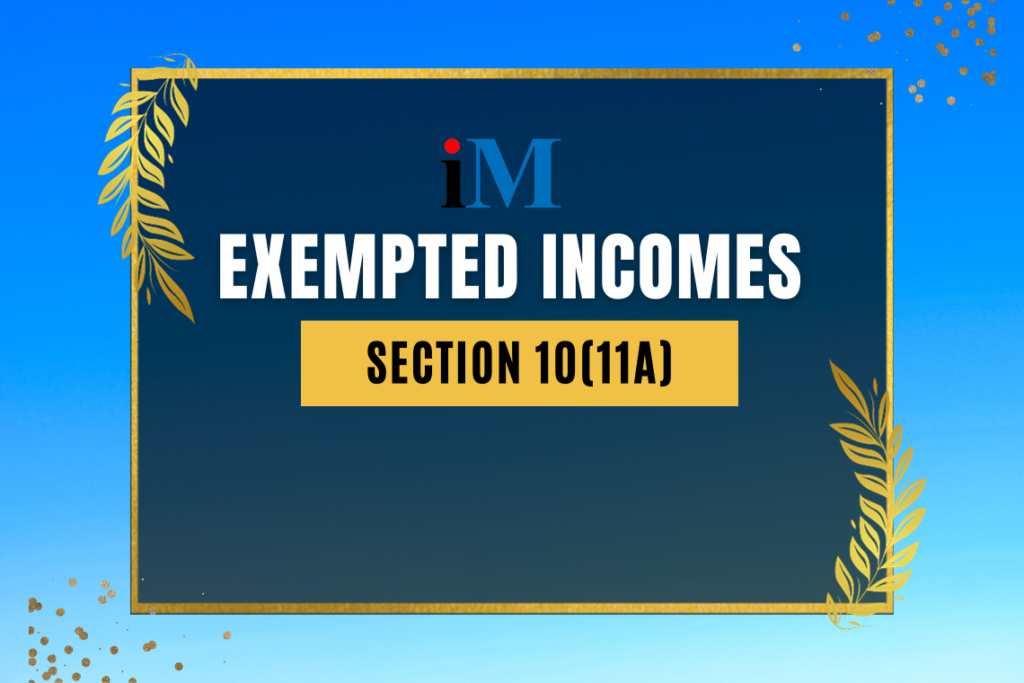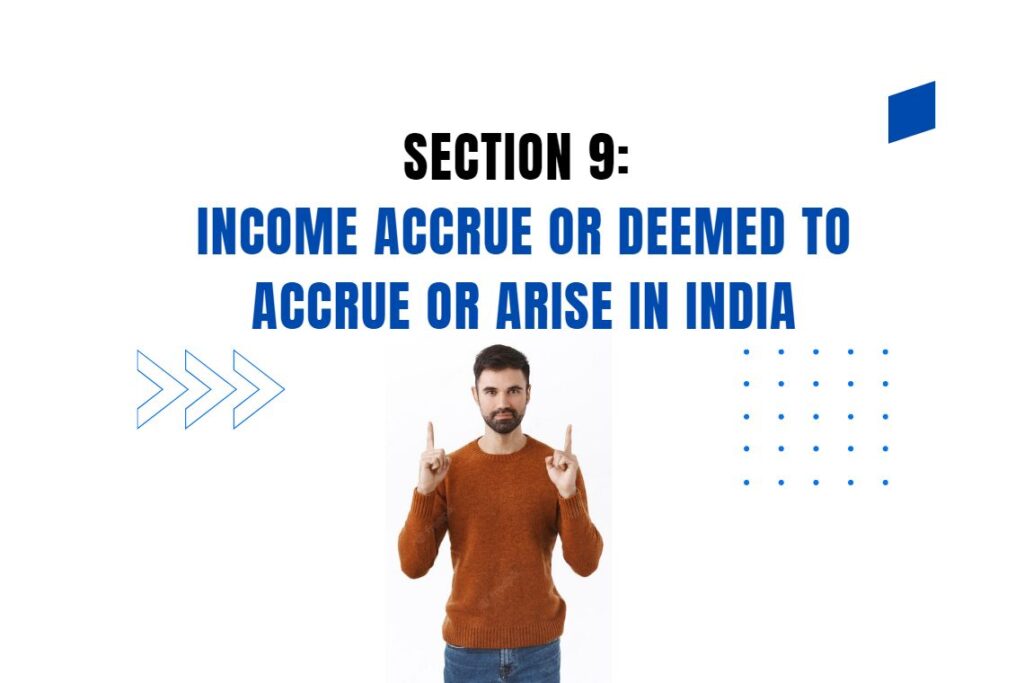The Sukanya Samriddhi Account is a popular savings scheme in India that aims to promote the education and welfare of the girl child. It offers attractive interest rates and tax benefits to account holders. Here, we will discuss the interest and withdrawals from the Sukanya Samriddhi Account under Section 10(11A) of the Income Tax Act.
Under Section 10(11A), the interest earned on the Sukanya Samriddhi Account is fully exempt from income tax. This means that the interest amount credited to the account is not included in the account holder’s taxable income. This exemption applies to both the principal amount and the interest earned on it.
Additionally, withdrawals from the Sukanya Samriddhi Account are also tax-free under Section 10(11A). This means that the amount withdrawn from the account, including the principal and interest, is not subject to income tax.
However, there are certain conditions that need to be fulfilled to avail of these tax benefits.
- Firstly, the account should be opened in the name of a girl child below the age of 10 years.
- Secondly, the account should be maintained for a minimum of 15 years from the date of opening.
- Lastly, the withdrawals can only be made for the purpose of the girl child’s education or marriage.
It is important to note that if the account is prematurely closed before completing 15 years, the tax benefits will be reversed. In such cases, the interest earned on the account will be taxable in the year of withdrawal.
Another important point to consider is that the maximum amount that can be deposited in a Sukanya Samriddhi Account is Rs. 1.5 lakh per financial year. Any amount deposited above this limit will not be eligible for tax benefits under Section 10(11A).
The exemption under Section 10(11A) is available for the following amounts received from an SSA:
- The interest income earned on the SSA balance.
- The partial withdrawal of the SSA balance on or after the girl child attains 18 years of age for the purpose of marriage or higher education.
- The full withdrawal of the SSA balance on the maturity of the account or on the marriage of the girl child after she attains 18 years of age.
The exemption under Section 10(11A) is a valuable benefit for account holders and their guardians. It helps to reduce their tax burden and provides them with a financial cushion for the girl child’s future.
Benefits of tax exemption on SSA interest and withdrawals
The tax exemption on SSA interest and withdrawals offers a number of benefits to account holders, including:
- It helps account holders to save more money, as they do not have to pay any tax on the interest earned on the account or on the money withdrawn from the account.
- It makes SSA accounts more attractive to investors, as they can earn a higher return on their investment without having to pay any tax.
- It helps to promote financial savings among the girl child, as their parents can invest in SSA accounts on their behalf and earn a tax-free return on their investment.
Examples of Tax Exemptions U/s 10(11A):
Example-1:
An SSA account holder deposits Rs. 10,000 into her account each year. After 21 years, the account balance is Rs. 1,00,000. The interest earned on the account is Rs. 90,000.
The account holder can withdraw the entire amount of Rs. 1,00,000 from the account without paying any tax. This is because the interest and withdrawals from an SSA account are exempt from tax under Section 10(11A) of the Income Tax Act.
Example 2:
A parent opens an SSA in the name of their daughter on the day of her birth. The parent deposits Rs. 1,500 (the maximum annual deposit limit) in the account every year.
After 21 years, the account balance is Rs. 10,00,000. The parent withdraws the entire amount from the account.
The parent does not have to pay any tax on the interest earned on the account or on the amount withdrawn from the account, as the SSA is exempt from tax under Section 10(11A).
Example 3:
A girl child opens an SSA in her own name when she is 10 years old. She deposits Rs. 1,000 per month in the account.
After 11 years, the girl child turns 21 years of age and withdraws the entire amount from the account to use for her education.
The girl child does not have to pay any tax on the interest earned on the account or on the amount withdrawn from the account, as the SSA is exempt from tax under Section 10(11A).
The tax exemption under Section 10(11A) is a valuable benefit for parents and guardians who open SSAs for their girl children. The exemption helps them to save tax and build a secure financial future for their daughters.
Additional Details about Sukanya Samriddhi Account (SSA):
Here are some additional details about the Sukanya Samriddhi Account:
- The SSA is a government-backed small savings scheme for girl children.
- The account can be opened by any guardian for a girl child up to the age of 10 years.
- The minimum deposit required to open an SSA is Rs. 250.
- The maximum deposit that can be made in an SSA in a financial year is Rs. 1.5 lakh.
- The interest rate on the SSA is revised every quarter by the government.
- The SSA matures after 21 years from the date of account opening or on the marriage of the girl child after she attains 18 years of age, whichever is earlier.
It is advisable to keep track of the deposits and withdrawals made from the Sukanya Samriddhi Account to ensure compliance with the tax regulations. Maintaining proper documentation and records of the transactions can be helpful during the time of filing income tax returns.
In conclusion, the Sukanya Samriddhi Account offers attractive interest rates and tax benefits to promote the education and welfare of the girl child. The interest earned and withdrawals from the account are fully exempt from income tax under Section 10(11A) of the Income Tax Act. However, it is important to fulfill the conditions and guidelines set by the government to avail of these tax benefits.



![Residential Status [Sections 5 to 9B]](https://incometaxmanagement.in/wp-content/uploads/2023/09/Residential-Status-Sections-5-to-9B-1024x683.jpg)

![EXEMPTED INCOMES [Section – 10, 10AA, 11 to 13A]](https://incometaxmanagement.in/wp-content/uploads/2023/09/Exempted-Incomes-Section-10-1024x683.jpg)

![Income of an Electoral Trust shall be Exempt [Section 13B]](https://incometaxmanagement.in/wp-content/uploads/2023/10/61-Exempted-Incomes-Section-13B-1024x683.png)
![Incomes of Political Parties [Section-13A]](https://incometaxmanagement.in/wp-content/uploads/2023/10/60-Exempted-Incomes-Section-13A-1024x683.png)
![Special Provisions in respect of Newly-established Units in Special Economic Zones (SEZ) [Section-10AA]](https://incometaxmanagement.in/wp-content/uploads/2023/10/59-Exempted-Incomes-Section-10AA-1024x683.png)
![Exemption in respect of income chargeable to Equalization Levy [Section 10(50)]](https://incometaxmanagement.in/wp-content/uploads/2023/10/58-Exempted-Incomes-Section-1050-1024x683.png)
![Income of a Developmental Financing Institution (DFI) to be Exempt [Section 10(48E)]](https://incometaxmanagement.in/wp-content/uploads/2023/10/57-Exempted-Incomes-Section-1048E-1024x683.png)
